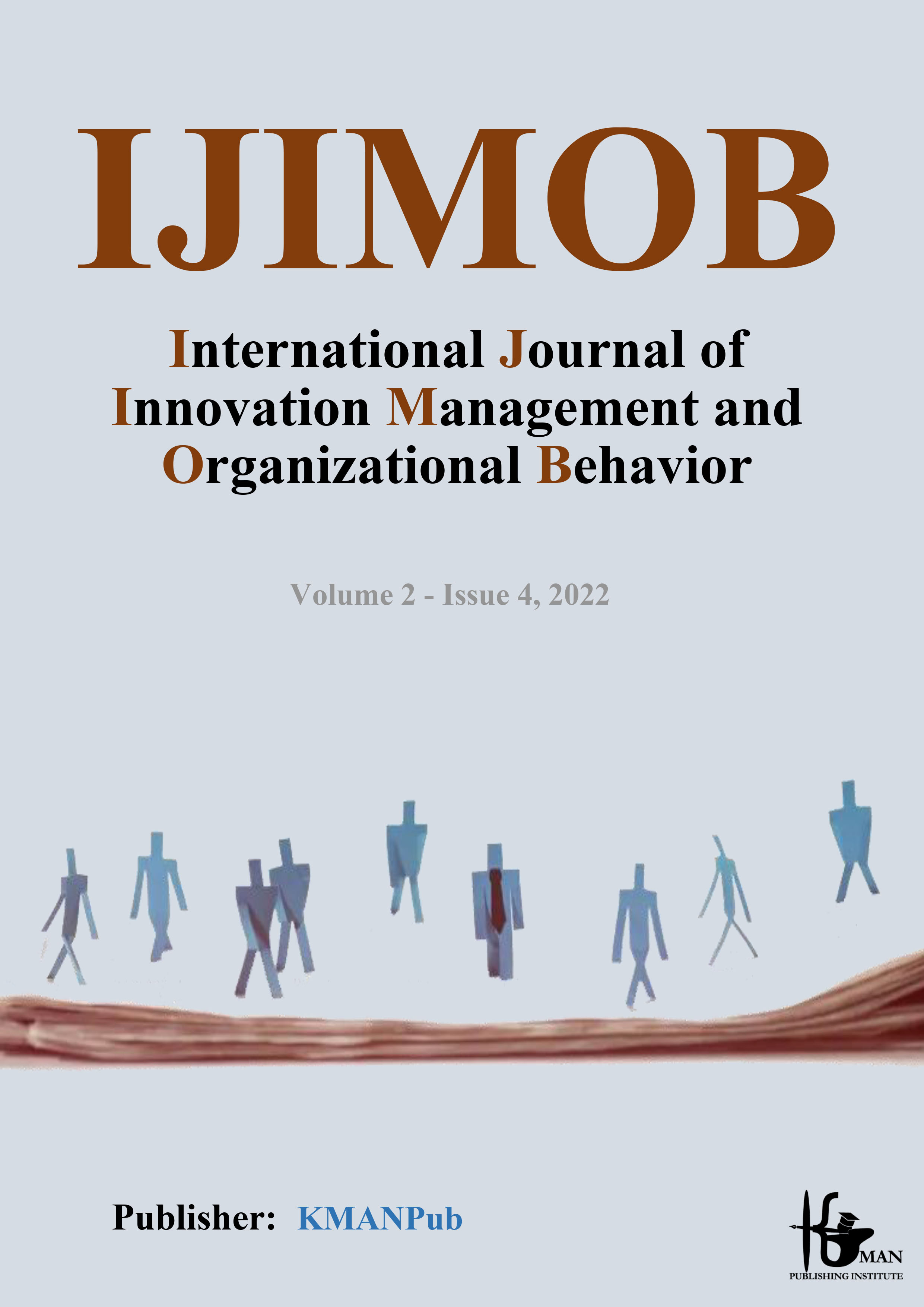The Relationship Between Transformational Leadership and Employee Creativity in the Ministry of Sport and Youth with the Mediating Role of Creative Self-Efficacy
Keywords:
Employee Creativity, Creative Self-Efficacy, Transformational Leadership.Abstract
Background and purpose: Transformational leadership is one of the leadership approaches that plays a significant role in enhancing employee performance by focusing on inspirational motivation, encouraging creativity, and fostering organizational transformation. Accordingly, this study aimed to examine the relationship between transformational leadership and employee creativity in the Ministry of Sport and Youth, with the mediating role of creative self-efficacy. Methodology: This study was descriptive and correlational in nature. The statistical population consisted of all 1,171 employees of the Ministry of Sport and Youth. Ultimately, 370 individuals were randomly selected as the sample. The research instruments included three questionnaires: Bass and Avolio's Transformational Leadership Questionnaire (2000), George and Zhou's Employee Creativity Questionnaire (2001), and Kavussanu et al.'s Creative Self-Efficacy Questionnaire (2013). The face and content validity of the tools were confirmed by a panel of expert faculty members, and the construct validity was established through confirmatory factor analysis based on structural equation modeling. Additionally, the reliability of the questionnaires was assessed using Cronbach's alpha coefficient. Results: The results revealed that creative self-efficacy impacts employee creativity. Transformational leadership influences employee creativity and creative self-efficacy. Furthermore, transformational leadership indirectly affects employee creativity through its impact on creative self-efficacy. Conclusion: Overall, it can be concluded that creative self-efficacy acts as a critical factor in enhancing employee creativity. Transformational leadership also plays a pivotal role in fostering employee creativity, both directly and indirectly, through its influence on creative self-efficacy. These findings suggest that leaders, by creating motivational visions, supporting innovation, and bolstering employees' confidence in their creative abilities, can provide an environment conducive to the emergence and development of creativity within the organization.
Downloads
Downloads
Published
Submitted
Revised
Accepted
Issue
Section
License
Copyright (c) 2022 Mohammadsaeed Salehnia (Author); Mohammad Reza Esmaili (Corresponding Author); Zahra Haji Anzehaei (Author)

This work is licensed under a Creative Commons Attribution-NonCommercial 4.0 International License.
















